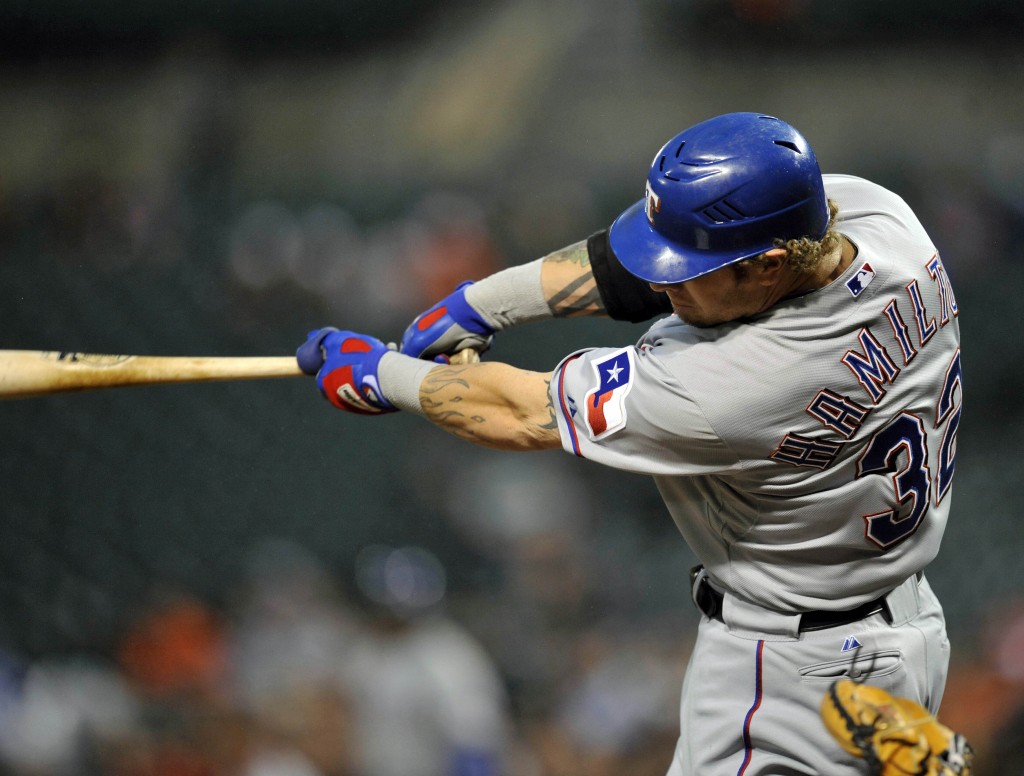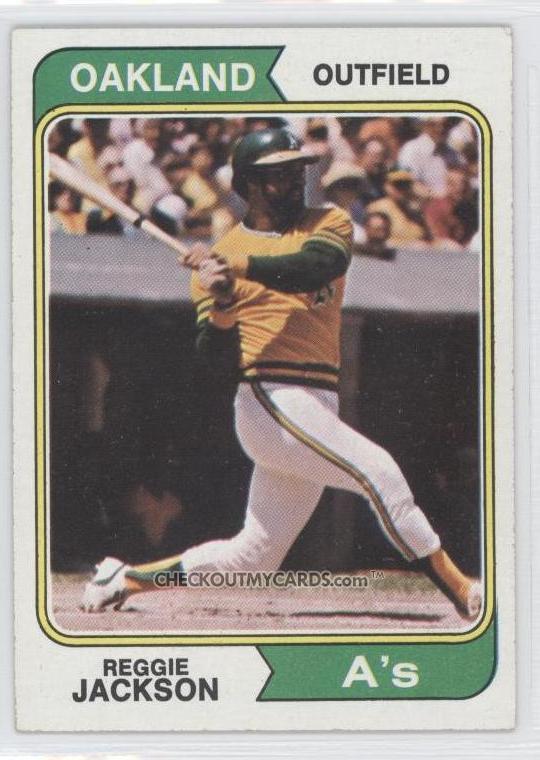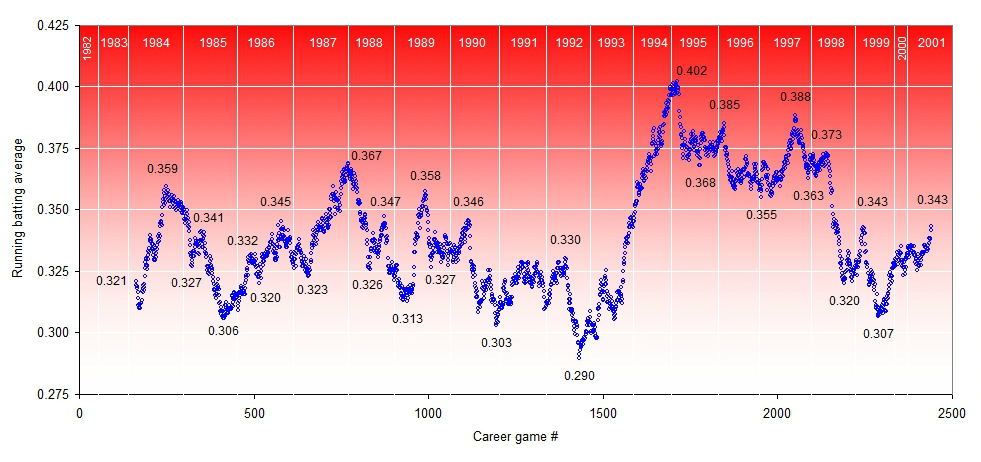Let’s take a look at the Texas Rangers, including their years as the second version of the Washington Senators.
When the Senators came into the league in 1961, they were pretty bad. In their first four seasons, they lost at least 100 games every season. They didn’t finish higher than 6th until their 9th season in 1969, and that’s only because the leagues were split into divisions. From 1972 to 1993, the relocated Rangers finished 2nd six times and were in first when the season was aborted in 1994.
The Rangers finally made the playoffs for the first time in 1996 and had a nice run of 3 post-season appearances in 4 seasons, but won only 1 game over all the series. They didn’t make the playoffs again until 2010, when they made the World Series, a feat they duplicated last year. The franchise is at its peak right now.
Continue reading



